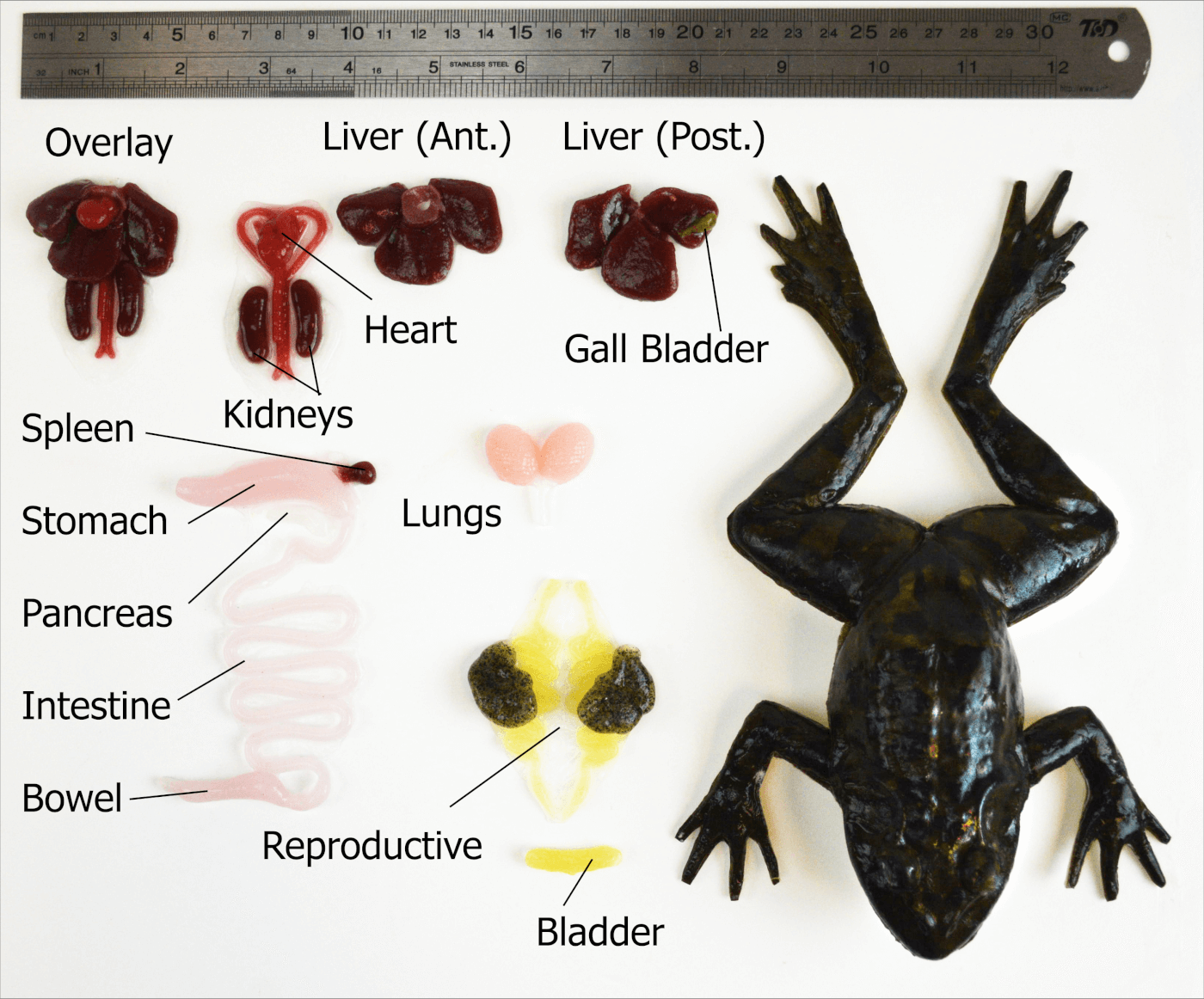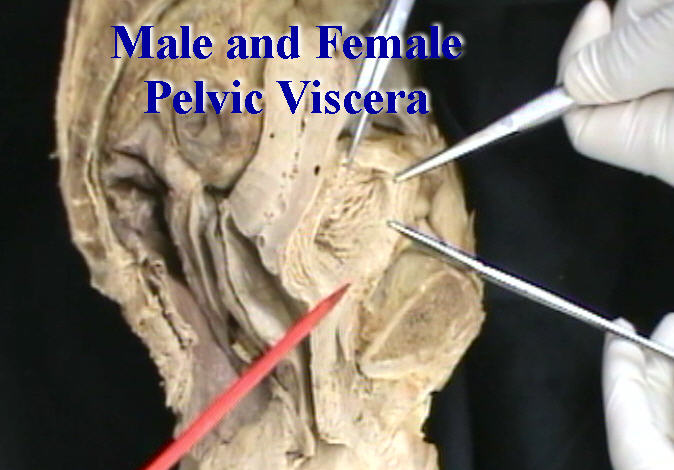

Additionally, a complex signaling pathway also stimulates inflammatory and immune responses that can be detrimental to the blood feeding arthropod. Upon piercing the host’s skin, several defensive mechanisms are deployed, including vasoconstriction, platelet activation and blood coagulation leading to a reduction of the overall blood flow at the bite site. quinquefasciatus mosquitoes.īlood acquisition is a pharmacological endeavor for any hematophagous arthropod. Together, these findings represent an extended reference for the identification and characterization of the proteins containing relevant pharmacological activity in the salivary glands of C. Additionally, comparison of male and female libraries allowed the identification of female-enriched transcripts that are potentially related to blood acquisition and/or pathogen transmission. Our analysis resulted in the identification of 7,539 coding DNA sequences (CDS) that were functionally annotated into 25 classes, in addition to 159 long non-coding RNA (LncRNA). Here, we revisited the southern mosquito sialome using an Illumina-based RNA-sequencing approach of both male and female salivary glands. quinquefasciatus females was published based on the sequencing of 503 clones organized into 281 clusters. Previously, a Sanger-based transcriptome of the salivary glands (sialome) of adult C. The southern house mosquito, Culex quinquefasciatus, is a vector of several pathogenic agents, including viruses and filarial parasites that can affect humans and wild animals. Therefore, a survey of the salivary gland contents can lead to the identification of molecules with potent pharmacological activity in addition to increase our understanding of the molecular mechanisms underlying the hematophagic behaviour of arthropods. Color the ileum dark blue.During evolution, blood-feeding arthropods developed a complex salivary mixture that can interfere with host haemostatic and immune response, favoring blood acquisition and pathogen transmission. The ileum is where nutrients are absorbed into the blood.

The duodenum connects to the curly part of the small intestine known as the ileum.The gall bladder connects to the duodenum of the small intestine.color the gall bladder green and the bile duct (3b) a darker green.



 0 kommentar(er)
0 kommentar(er)
